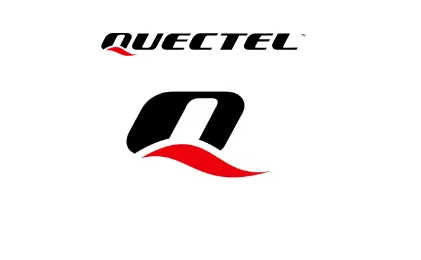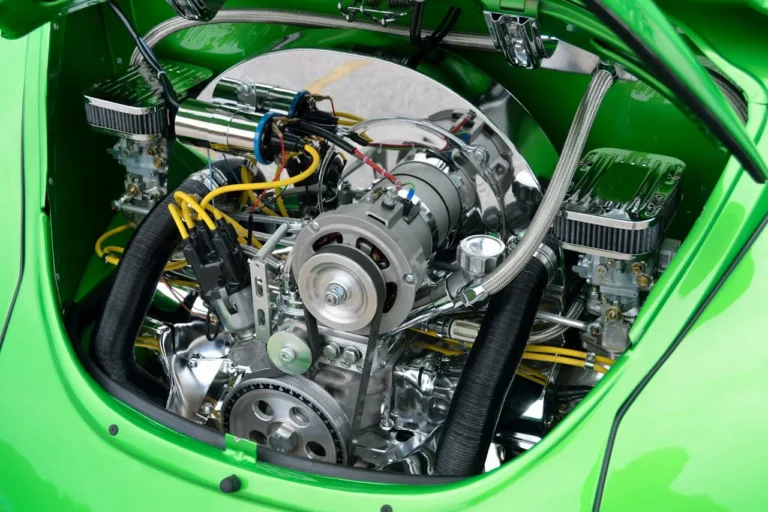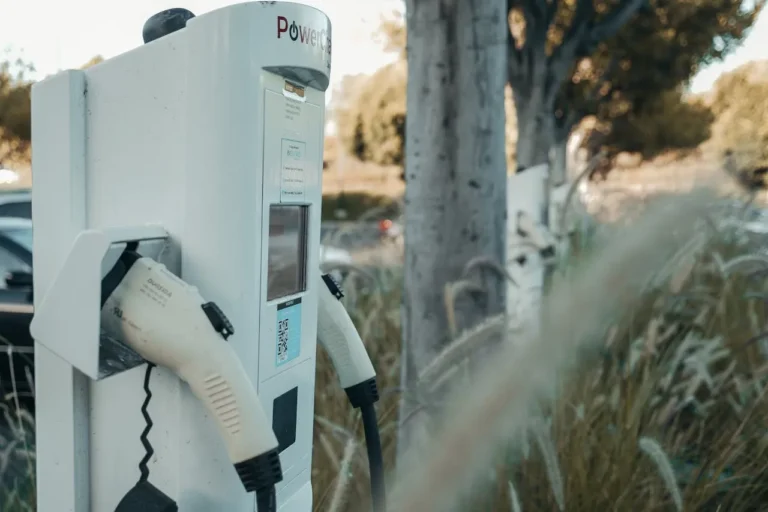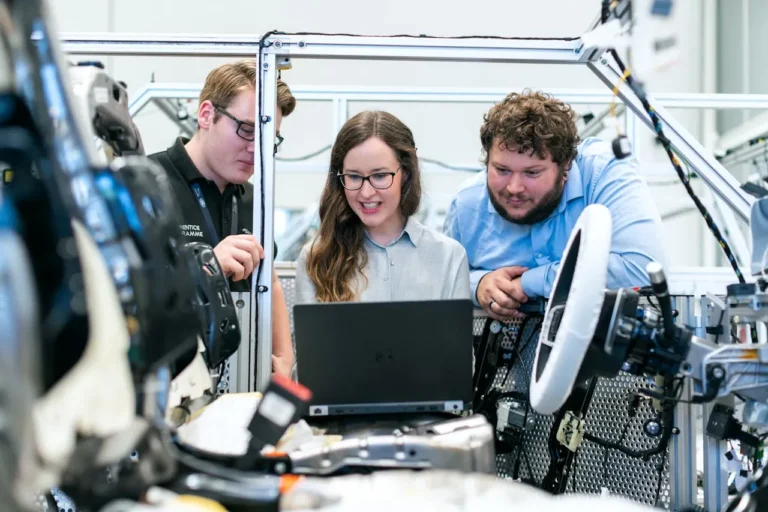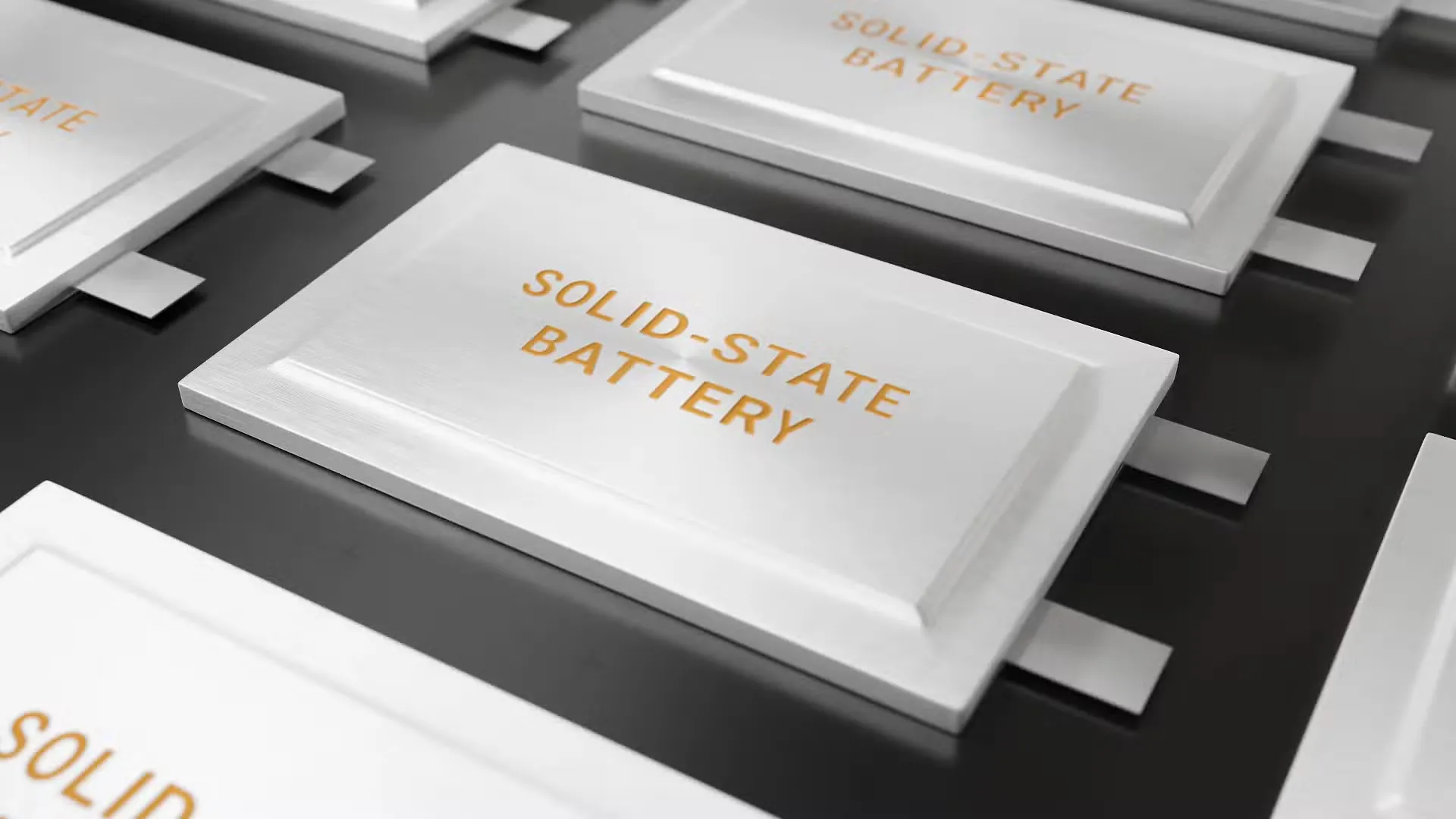
Microvast Holdings a global leader in advanced battery technologies, has achieved a groundbreaking milestone in the development of its True All-Solid-State Battery (ASSB) technology. This breakthrough marks a significant step forward in the quest to enhance safety, energy density, and efficiency for various critical applications, including data center backup power systems and electric school buses. Furthermore, the innovation positions Microvast as a key player in emerging high-demand sectors such as robotics and electric vehicles (EVs).
Microvast’s ASSB distinguishes itself from conventional lithium-ion and semi-solid-state batteries by employing a bipolar stacking architecture. This Solid-State Battery architecture facilitates internal series connections within a single battery cell, an approach that revolutionizes the voltage capabilities of battery technology. While traditional lithium-ion batteries operate at nominal voltages ranging between 3.2V and 3.7V per Solid-State Battery cell due to the constraints of liquid electrolytes, Microvast’s ASSB eliminates liquid electrolytes entirely. This Solid-State Battery breakthrough enables individual cells to achieve voltages of dozens of volts or higher, tailored to specific application requirements—a feat unattainable by batteries containing liquid electrolytes, which degrade under high-voltage conditions.
Key Advantages of Microvast’s Bipolar Design
The innovative bipolar stacking architecture significantly reduces the number of interconnections between cells, modules, and packs. This reduction simplifies system architecture, improves energy efficiency, and enhances operational safety. The result is a streamlined battery design that minimizes complexity while boosting overall performance.
Central to this innovation is Microvast’s proprietary all-solid electrolyte separator membrane. Engineered using an advanced polyaramid separator, the membrane is non-porous and optimized for solid-state applications. This Solid-State Battery unique separator addresses one of the most critical challenges in solid-state battery technology by ensuring excellent ionic conductivity, structural stability, and long-term durability. These attributes allow the ASSB to maintain stable high-voltage operation without compromising safety or reliability, underscoring the transformative potential of Microvast’s technology.
A Game-Changer for Energy Storage and Beyond
“Our solid-state battery innovation represents a significant leap forward in addressing real-world safety and efficiency challenges,” said Yang Wu, CEO of Microvast. Solid-State Battery “By developing a technology that eliminates liquid electrolytes and prioritizes scalability, we are well-positioned to meet the evolving needs of industries requiring reliable and safe energy storage solutions.”
The ASSB’s versatility extends to customized cell design, offering a flexible form factor and voltage configuration. This adaptability allows Microvast to tailor its batteries to meet the specific energy and spatial requirements of advanced robotic systems, making the technology a key enabler for AI-driven applications and next-generation systems.
Dr. Wenjuan Mattis, Chief Technology Officer of Microvast, emphasized the importance of the innovation: Solid-State Battery Our bipolar architecture, combined with our proprietary all-solid separator, not only simplifies battery design but also enhances energy density and operational safety. The absence of liquid electrolytes ensures our batteries can operate at voltages unattainable by conventional designs, highlighting the transformative potential of our technology. This flexibility empowers us to address emerging applications in fields such as advanced robotics and compact energy systems.”
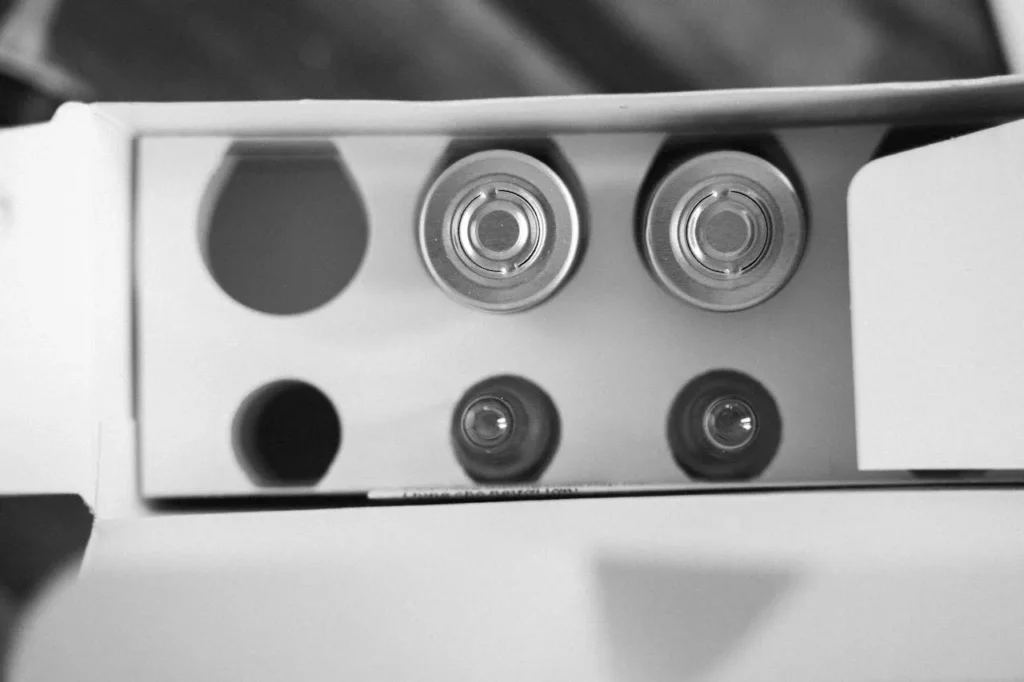
Technical Highlights
Figures 1A and 1B illustrate the advanced engineering underpinning Microvast’s ASSB technology. Figure 1A provides a detailed cross-sectional view of a bipolar stacked five-layer solid-state battery cell, showcasing the distinct layers of the cathode, anode, and solid electrolyte. Solid-State Battery This precise alignment optimizes current distribution and ensures mechanical stability. Meanwhile, Figure 1B’s elemental mapping via EDS analysis demonstrates the uniform distribution of critical materials such as nickel (Ni), cobalt (Co), manganese (Mn), silicon (Si), and sulfur (S) across the interfaces. This uniformity is crucial for preventing localized failures and ensuring long-term performance under demanding operational conditions.
Further technical validation is provided in Figure 2, which depicts the voltage-capacity curve of the ASSB during charge and discharge cycles. The stable operational voltage range, between 12V and 21V, highlights the battery’s advanced engineering and true solid-state characteristics. In contrast, the presence of liquid electrolytes would render stable operation in this high-voltage range impossible, reinforcing the uniqueness of Microvast’s innovation.
Applications and Industry Impact
The advancements in Microvast’s ASSB technology have profound implications for industries that demand high energy density, enhanced safety, and operational reliability. For instance, in data centers, the technology promises to provide dependable backup power solutions, ensuring continuity during outages. In electric school buses, the ASSB can deliver higher energy efficiency and longer operational lifespans, reducing costs and environmental impact. Moreover, the scalability and adaptability of the technology make it ideal for emerging applications in robotics, AI-driven systems, and compact energy solutions.
The ASSB’s ability to operate at high voltages without sacrificing safety or reliability opens new possibilities for electric vehicles. By enabling higher energy densities and simpler battery designs, the technology can significantly extend the driving range and reduce charging times for EVs, addressing key consumer concerns and accelerating the transition to sustainable transportation.
Next Steps: Pilot Production Study
Microvast is now advancing to the next phase of its development roadmap: the pilot production study. This phase aims to address the unique manufacturing challenges associated with ASSB technology and scale production to meet industry demands. The company’s engineering team is leveraging innovative approaches to refine the production process, ensuring that the final product meets the highest standards of performance, safety, and reliability.
“This milestone is not just a breakthrough in technology; it’s a bold step into a new frontier of energy storage,” said Yang Wu. “Our commitment to advancing battery technology is unwavering, and we aim to deliver dependable, high-performance solutions that set new industry standards.”
Microvast’s breakthrough in True All-Solid-State Battery technology represents a transformative advancement in the battery industry. By eliminating liquid electrolytes and leveraging a proprietary bipolar stacking architecture, the company has unlocked new possibilities for safety, efficiency, and scalability. As Microvast transitions to pilot production, the potential applications of its ASSB technology promise to redefine energy storage across multiple industries, from transportation to robotics and beyond. With a focus on innovation and excellence, Microvast is poised to lead the charge in shaping the future of battery technology.



